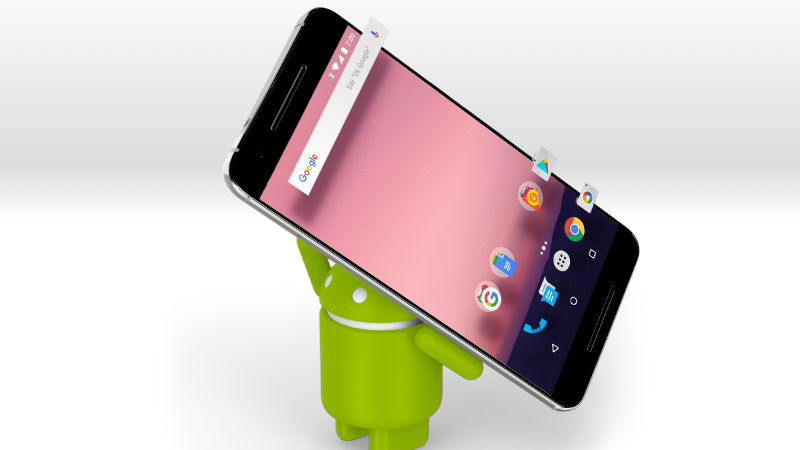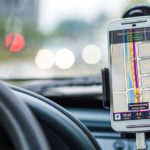Inbox icons, subject line sorcerers, CTA kings – the results are in. The 2025 You Mailed It Awards by Everlytic have crowned their champs, with Old Mutual Rewards and Machine_ taking…
5 simple tips to save your battery life on Android

Android smartphones have come a long way in the battery department. Hell, I remember the HTC Bolt and its woeful battery life, being one of the first LTE phones on the market.
Nowadays, we’ve seen battery capacity taking a welcome step up in flagship handsets, with 3000mAh batteries being the norm for many a high-end phone.
But between WhatsApp and high resolution screens, it’s still possible to kill your battery before the day is over (or while travelling). We’ve got a few pointers to eke out a few more hours of juice.
Reduce the brightness
Screens are the biggest battery hog around, so you’ll want to activate the notification dropdown menu (slide your finger from the very top of the screen downwards). From here, you should find a brightness slider, so bring it down to as dark as you can tolerate.
You can also set it to automatic, which won’t save as much battery life as dialling it down manually, but it’s definitely better than manually leaving it on 100%.
While you’re at it, you might want to adjust how long the screen stays on while not in use. Visit settings>display>screen timeout on most phones. Display timeout set for three minutes or more? Might want to dial that down to a minute or 30 seconds…
Go for black wallpaper if you’ve got an AMOLED phone
If you’ve got an AMOLED screen, you might want to choose a black or dark theme/wallpaper. That’s because AMOLED screens essentially turn off pixels to produce black colours. A completely black wallpaper means that a large portion of the phone display is actually off.
Not sure if your phone has a traditional LCD screen or AMOLED? Well, Apple, LG, Xiaomi and Huawei devices generally have LCD screens (there are exceptions to LG, Xiaomi and Huawei), while Samsung and Google usually opt for AMOLED screens.
Dial down the resolution
We saw Huawei phones offer this option in recent times, but Samsung is also allowing consumers to reduce the resolution on their screens.
Samsung’s Galaxy S8, for instance, lets you adjust resolution (settings>display>screen resolution) from native 2960×1440, all the way down to 1480×720 (below full HD). Expect text and icons to look blurry, but it’s a small price to pay if you really need to eke out a few more hours.
Activate your battery saving mode
Plenty of phones come with a battery saving mode these days, following Sony’s pioneering move in this regard. So whether you’ve got a Huawei, Samsung or any other Android phone, chances are good that it has a similar option.
Visit the phone’s settings page and choose the “battery” field, activating the relevant battery saving mode. Some phones have a standard mode and an aggressive battery saving mode, so choose whichever one you can handle. For instance, the latter mode might kill all internet connectivity, so don’t choose this if you want to use WhatsApp, for example.
Turn off unnecessary connectivity
You plan to be away from WiFi hotspots for a long time? Turn it off. NFC enabled and you have no intention to use it? Disable it. Got Bluetooth on and you’re far away from a paired device? Flick the switch off.
Wireless connectivity is pretty power efficient these days, but you’ll still want to save every bit of juice if you’re away from a power outlet or power bank. Heck, if you’re in an area with poor cellular signal, you’ll want to disable mobile connectivity — at least until you’re back in an area with better signal.

